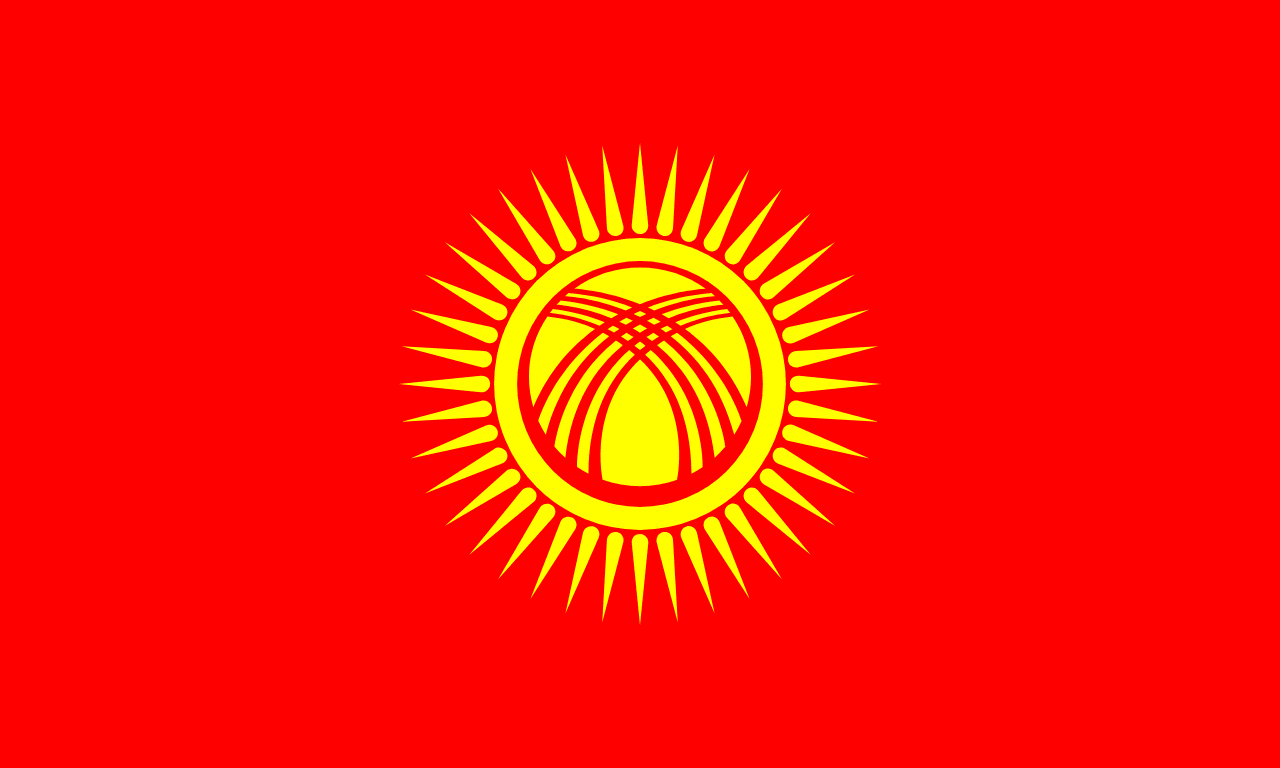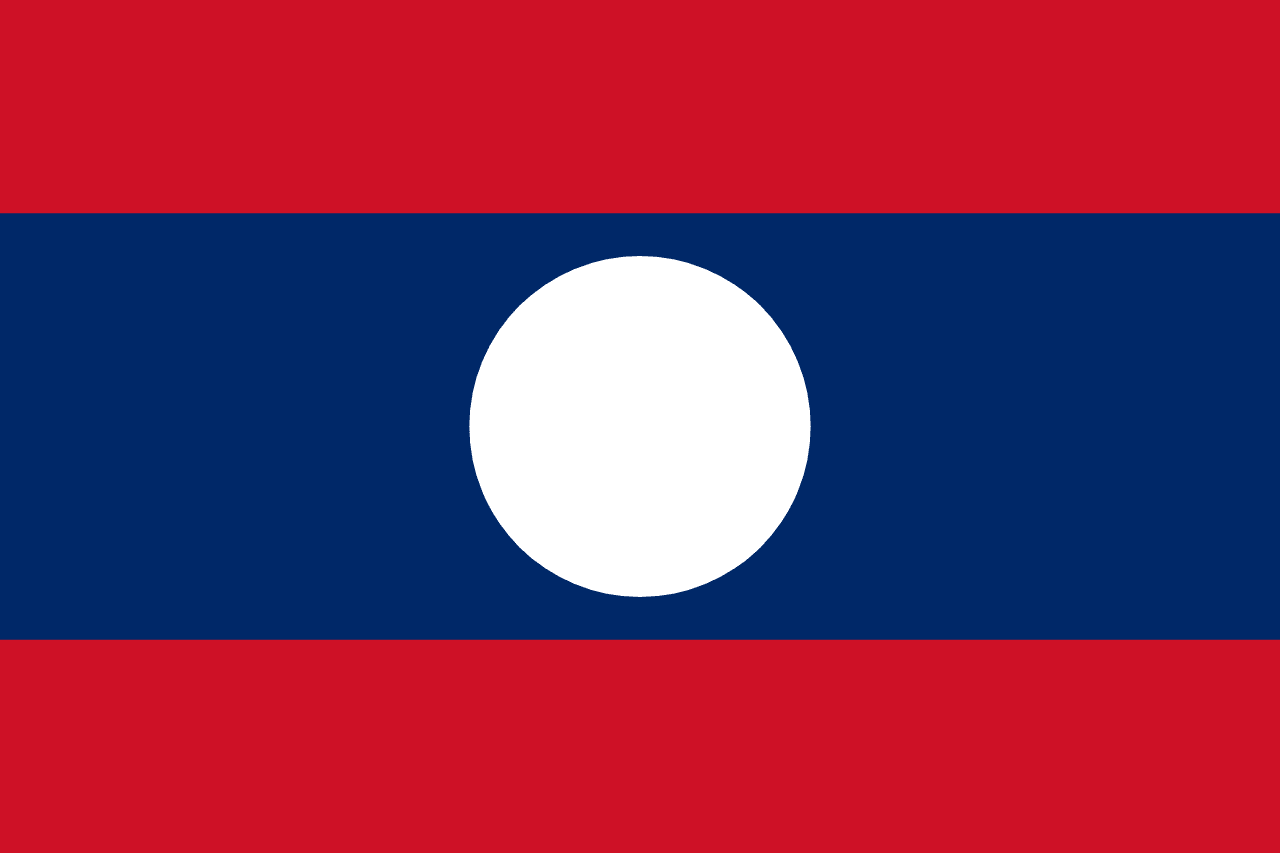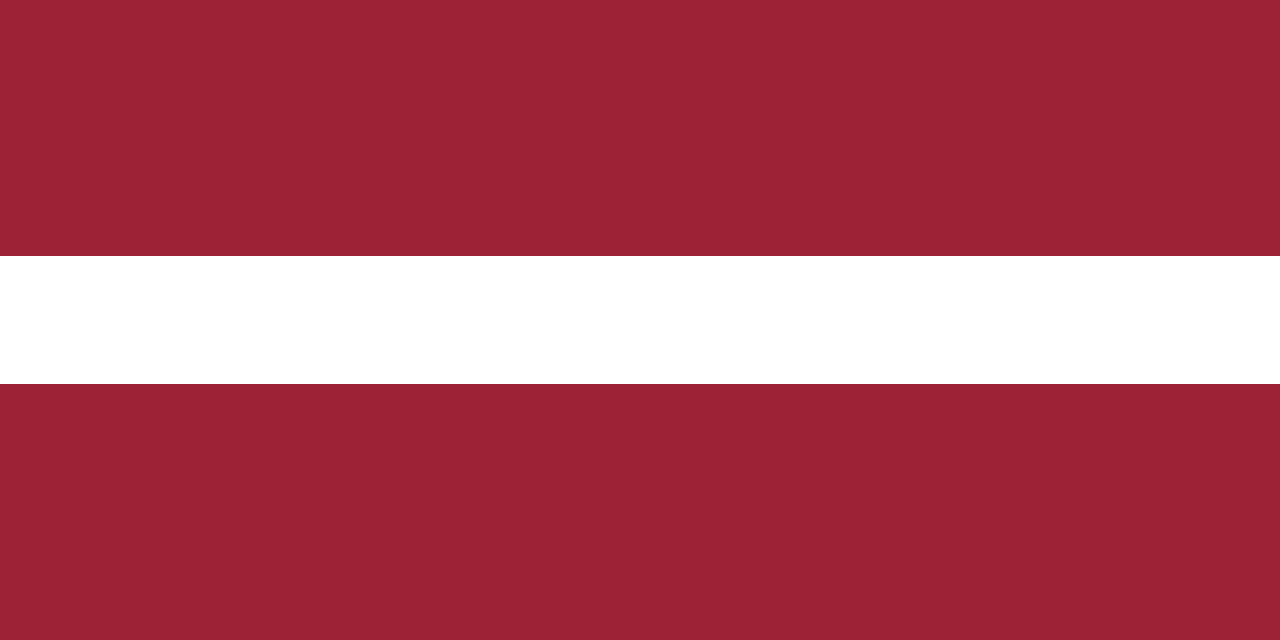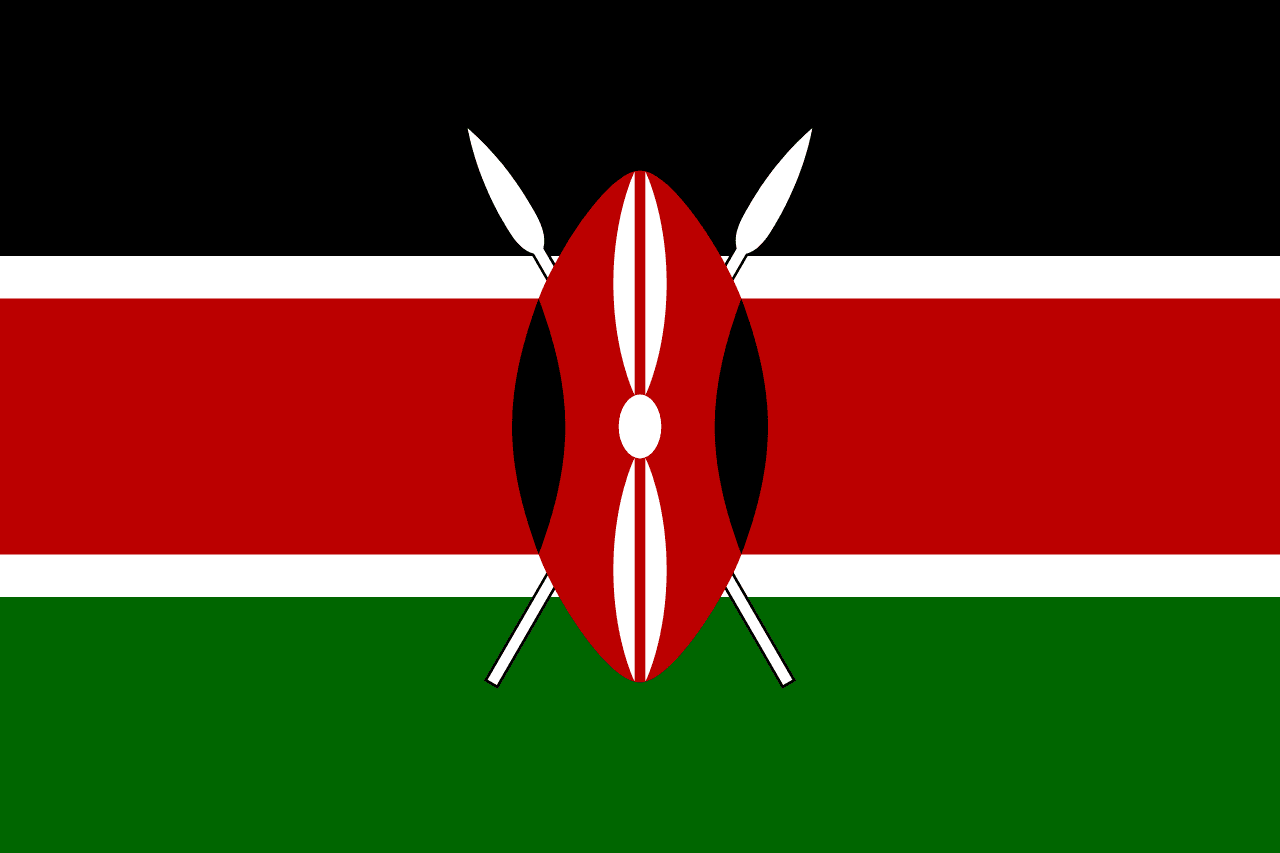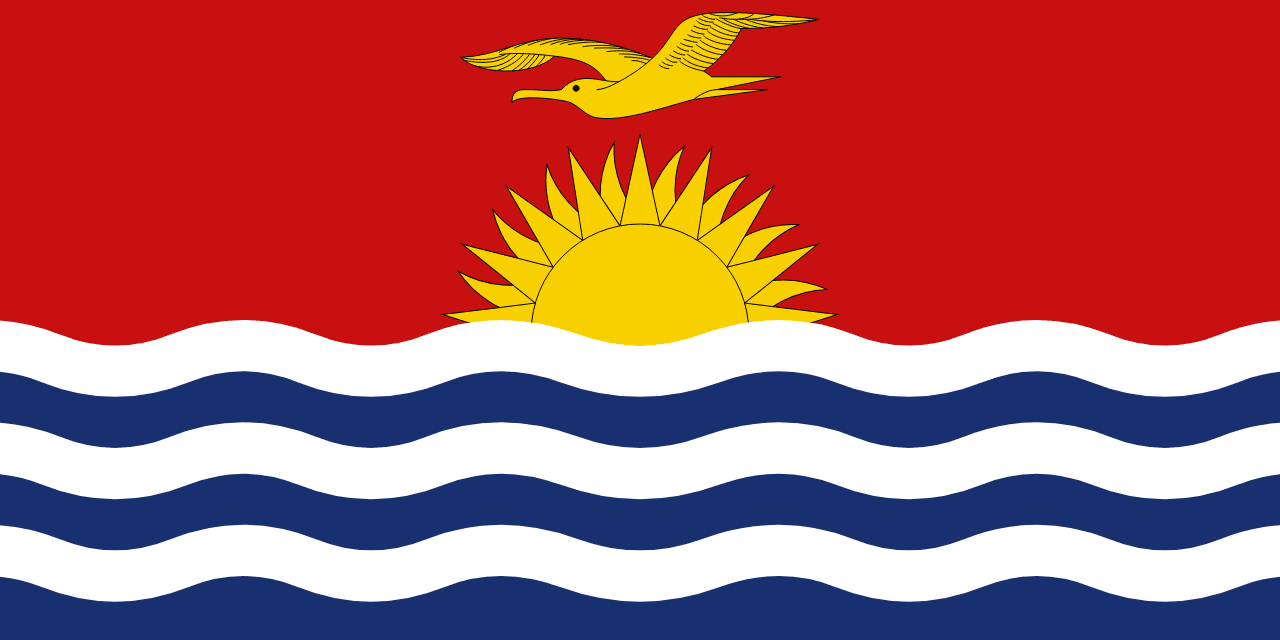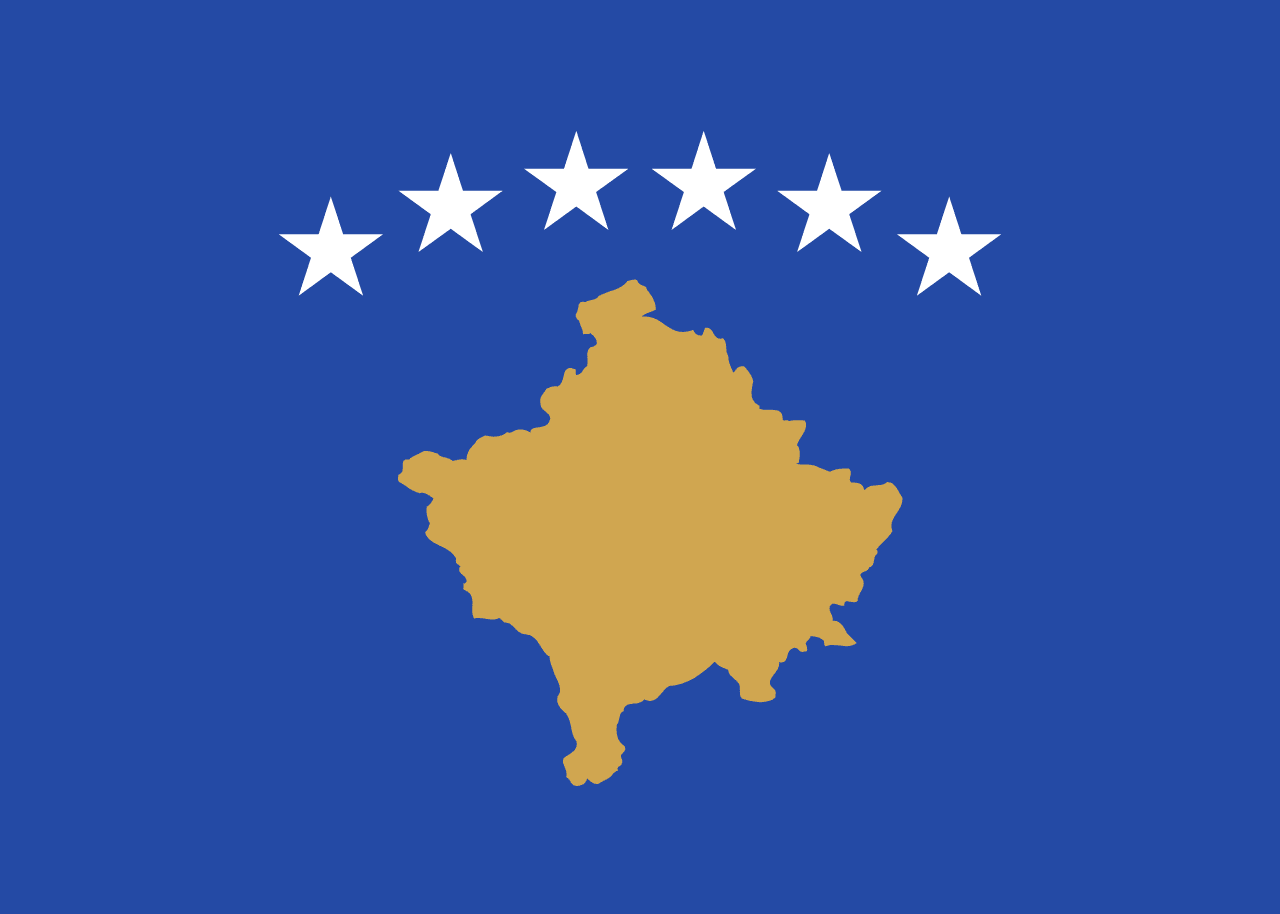The flag of Kuwait consists of three horizontal stripes of green, white, and red, with a black trapezoid on the hoist side. This distinctive design encapsulates Kuwait's rich history, cultural values, and national aspirations.
Kuwait information
| National Flag Day | — |
| Sovereign state | Yes |
| Official name | State of Kuwait |
| Capital | Kuwait City |
| Population | 4,207,080 |
| Area | 17,818 km² |
| Currency | Kuwaiti dinar (KWD) |
| Language | Arabic |
| Continent | Asia |
| Region | Middle East |
| Subregion | Persian Gulf |
| Borders | Saudi Arabia, Iraq |
| Timezone | Arabia Standard Time (AST) UTC+3 |
| Calling code | +965 |
| Top-level domain | .kw |
History of the Kuwaiti flag
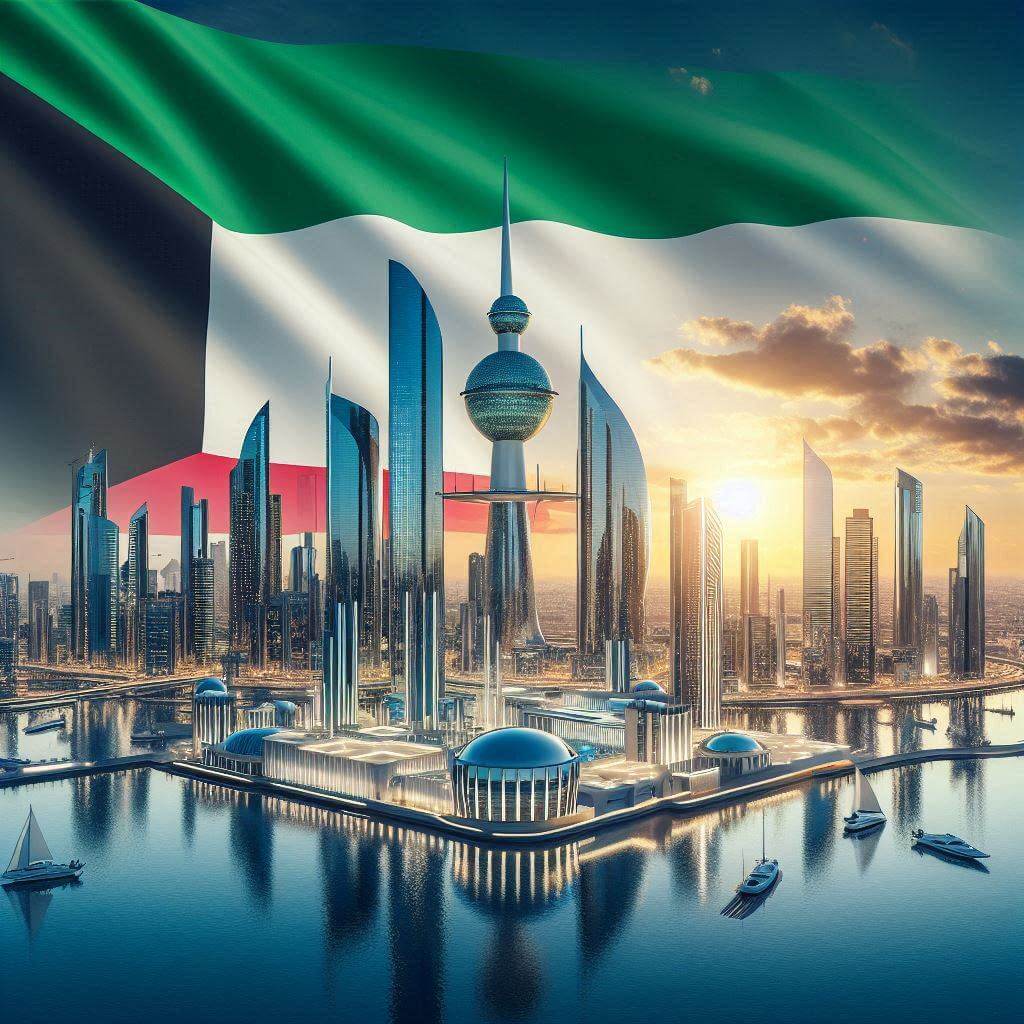 The current flag of Kuwait was officially adopted on September 7, 1961, following the country's independence from the United Kingdom. Its design evolved from earlier versions used during Kuwait's time as a British protectorate. The transition to this new flag marked a significant milestone in Kuwait's journey to sovereignty and self-governance.
The current flag of Kuwait was officially adopted on September 7, 1961, following the country's independence from the United Kingdom. Its design evolved from earlier versions used during Kuwait's time as a British protectorate. The transition to this new flag marked a significant milestone in Kuwait's journey to sovereignty and self-governance.
Symbolism and design of the Kuwaiti flag
Each element of the Kuwaiti flag carries deep symbolic meaning. The green stripe at the top represents the fertile land, symbolizing prosperity and growth. The white stripe in the middle embodies purity and peace, reflecting Kuwait's aspirations for harmony. The red stripe at the bottom stands for the bloodshed during Kuwait's struggle for independence, honoring the sacrifices made by its people. The black trapezoid on the hoist side signifies the defeat of enemies and symbolizes Kuwait's strength in facing challenges.
Usage and significance of the Kuwaiti flag
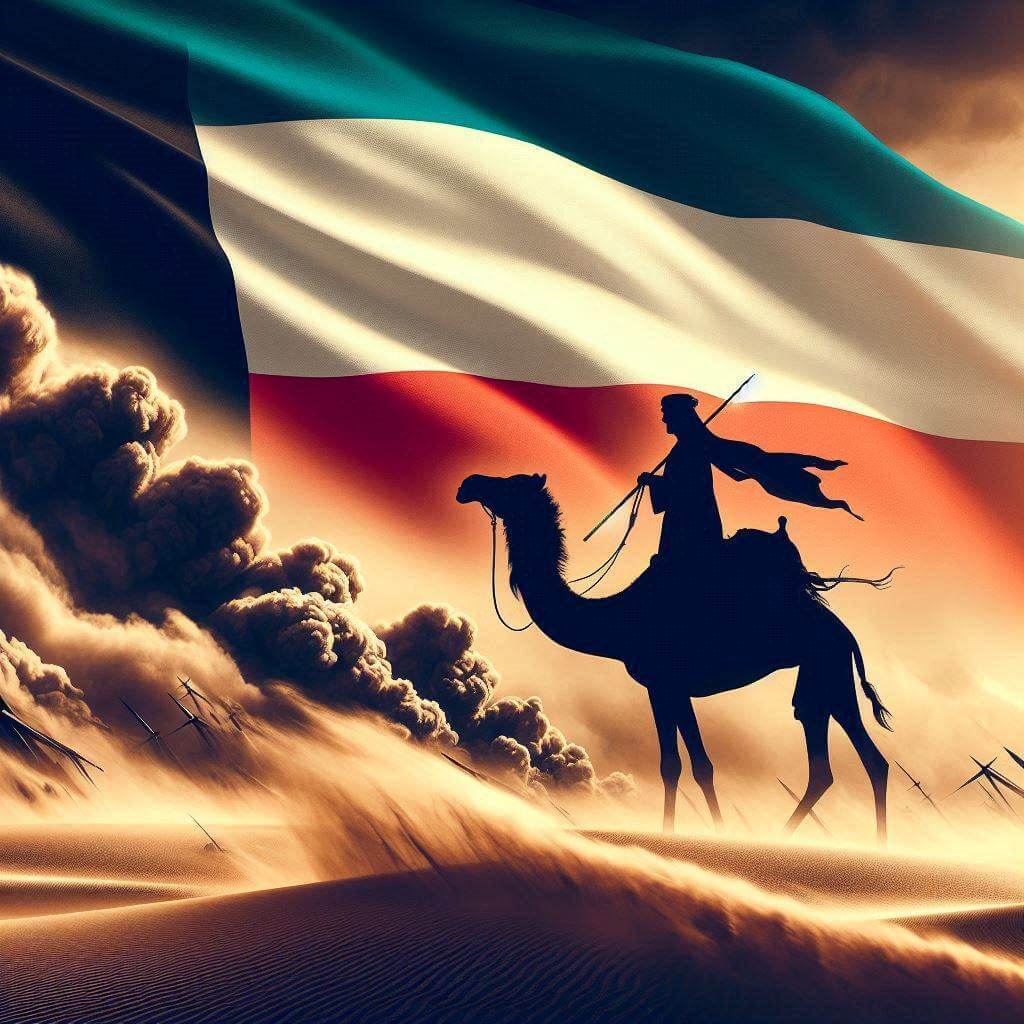 The flag of Kuwait serves as a powerful symbol of national pride, unity, and identity. It is prominently displayed during national holidays, official ceremonies, and international events. The flag adorns government buildings, schools, and public spaces, reminding citizens of their shared heritage and values. In international contexts, it represents Kuwait's sovereignty and diplomatic presence.
The flag of Kuwait serves as a powerful symbol of national pride, unity, and identity. It is prominently displayed during national holidays, official ceremonies, and international events. The flag adorns government buildings, schools, and public spaces, reminding citizens of their shared heritage and values. In international contexts, it represents Kuwait's sovereignty and diplomatic presence.
Interesting facts about the Kuwaiti flag
- The colors of the Kuwaiti flag are shared with several other Arab nations, reflecting the region's historical and cultural ties.
- Kuwait's flag is unique among Gulf states for its use of a trapezoid rather than a solid vertical band on the hoist side.
- The flag's design was inspired by a poem written by Safie Al-Deen Al-Hali in the 13th century, which described the colors of various Arab tribes' banners.
- During the Iraqi invasion of Kuwait in 1990, the flag became a symbol of resistance and national unity for Kuwaitis both at home and in exile.
- The precise shades of colors used in the flag are specified in the Kuwaiti flag law to ensure consistency in its reproduction.
